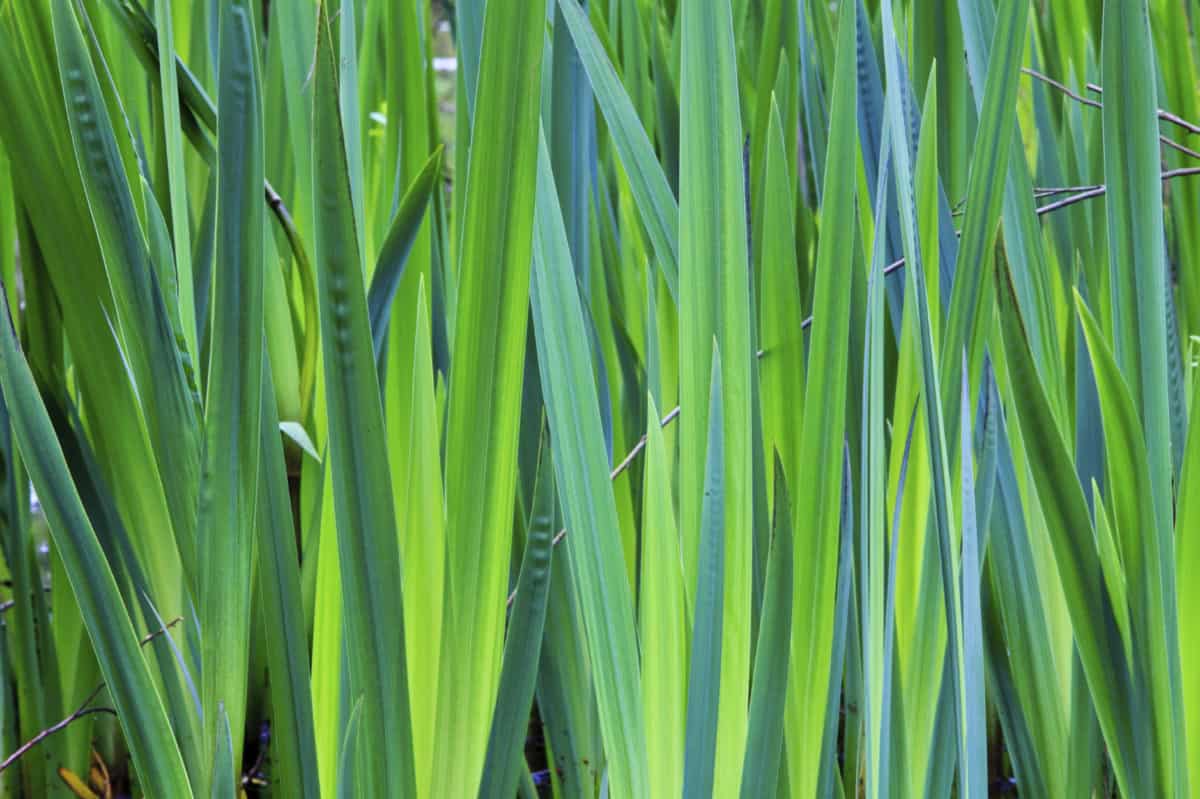Testimonials
What Clients say about Karen





Welcome
A Few Words About Karen
Graduating with a Bachelor of Horticultural Science from Massey University, Karen Wealleans has practised landscape design and implementation in many diverse climates, soils and cultures.
As owner /director of Changing Spaces for over 20 years, Karen’s garden projects have featured in Home and Garden magazine and been chosen for the Garden Design Society’s biennial garden tours in Auckland.
Karen took a sabbatical in 2017, travelling and volunteering around South and Central America for 18 months. During that time, she volunteered on permaculture farms, was inspired by environmentally-minded people and projects, and could generally be found off the beaten track.
This year she completed a Permaculture Design Certificate at The Eco School in Whanganui.
Karen’s design philosophy is to create outdoor spaces with quiet energy and tranquility, a sense of mystery and blurred lines but also highly functional and practical.
Decks, patios, lawns and swimming/spa pool areas are carefully designed in consultation with clients to achieve maximum enjoyment and integration within the garden. Children’s play areas, bounteous organic produce plots and gardens with prolific biodiversity are also areas of special interest.
Karen has now relocated to Whakatane/Eastern Bay of Plenty and would love to discuss your new project with you.
Design Process
The garden design process has many aspects...
1.
Site Consultation
Suitable if you just want just a few ideas to get started
2.
Concept design
Showing the way all elements in the garden are arranged and work in together.
The design entails
- meeting on site to discuss the ‘wish list’ and the site’s potential and challenges.
- site analysis and survey with measurements and levels,
- draft concept plan to scale – for discussion on site
- final plan with dimensions, descriptions and elevation drawings.
NB Building Consent and or a Resource Consent may be required for certain garden structures, but this is discussed before designs are drawn up.
3.
Planting plan
A detailed planting plan shows plant position, name, numbers required and photos of the plants.
3.
Landscape Specification
Description of work for contractor to quote -including materials and specifications.
3.
Landscape implementation
This can be organized if required.
Organics and permaculture
Put simply, permaculture is a system of gardening or farming which mimics natural ecosystems, is self-sustaining and does not exploit resources or pollute the environment.
Even a balcony or small urban yard can become a permaculture paradise.
The feeling of tucking into a freshly made salad or harvesting your own apples for a crumble is one of the most satisfying things about growing your own organic produce.
The variety and quality of vegetables, herbs and fruits eaten increases exponentially and trips to the supermarket become less frequent.
Good quality compost and organic matter are an integral part of the system, and the soil food web, which is made up of countless billions of bacteria, fungi and insects, combines with plants in a win/ win situation, supplying vital nutrients and creating storage spaces for water.
When a large variety of plants are grown, it makes it less likely that a particular pest or disease will become rampant. An organic garden also supports the reproduction of beneficial insects, -the ones that predate on those insects eating your produce.
Growing your own food, making compost, farming worms, harvesting rainwater, sowing seeds, planting seedlings and planning the yearly calendar is a continual learning process and no year will ever be the same.
However, the effort will be amply rewarded with a huge sense of satisfaction, increased resilience and the knowledge that your garden is a haven of biodiversity (and of course, fantastic produce).
If you don’t know where to start on your organic journey, ask me. I’m a total convert!
Some of Our
Recent Projects
Project One - A Suburban Backyard
An outdoor room with overhead shade, lush planting, a spa pool and water feature has replaced a bleak, windswept area.
The space has since become the family and entertainment hub, with a louvered pergola roof providing superb climate control.
Project Two - Screening from a Busy Road
A lush buffer of native planting retained with a gabion wall, replaces an eroding clay bank between the house and busy road. An existing mature Pohutukawa, originally earmarked for removal due to poor health, has been rejuvenated.
The deck adjoining the house is now private and sheltered, despite its proximity to the road.
Project Three - Urban Courtyard
A spa pool, new furniture, paint and layered greenery have transformed this urban courtyard, even though the original paving remains.
A layered, productive vegetable garden is tucked into a warm, North facing location.
Project Four - Rain Garden
Tanks were installed to catch roof water for storage and a rain garden was established nearby to absorb the overflow. Clay soil was replaced with free draining soil mix to a depth of one metre. Wetland plants were grown in the centre of the garden, with flowering plants on the margins.
Project Five - Native Planting
Children love a ‘secret garden’. Dan from Jaques Woodcraft constructed the playhouse in the heart of native bush -previously a bare suburban section. The space is exciting and unpredictable for children who enjoy running through the planting and swinging over a wetland.
A trampoline has been nestled into a planted slope on this site -keeping the expansive lawn area free for ball games.
Project Six - Coastal Garden Makeover
A coastal garden makeover creates a series of living areas at different levels. Spaces are divided by hedges, informal planting and large format concrete pavers.